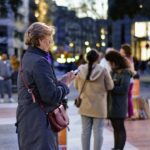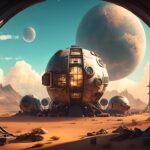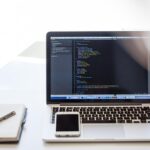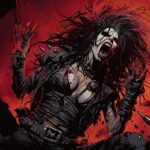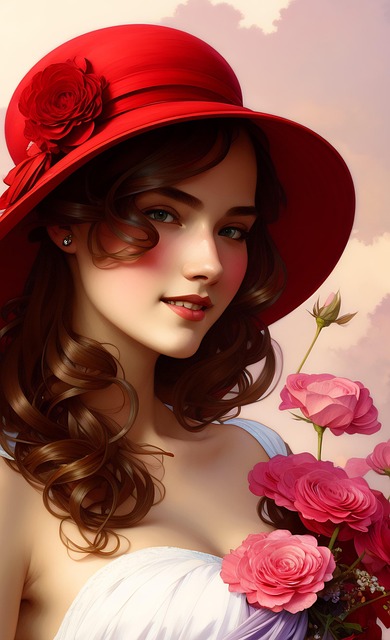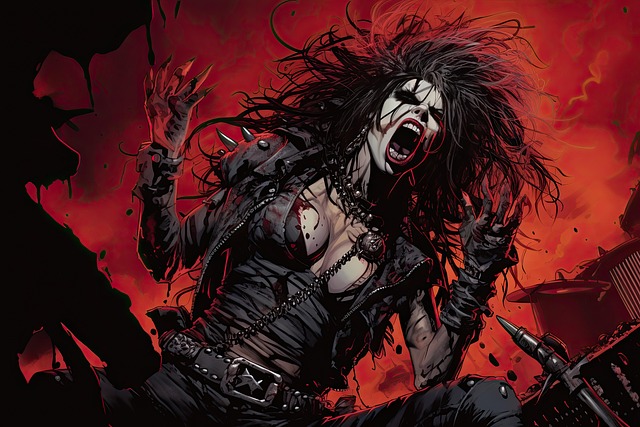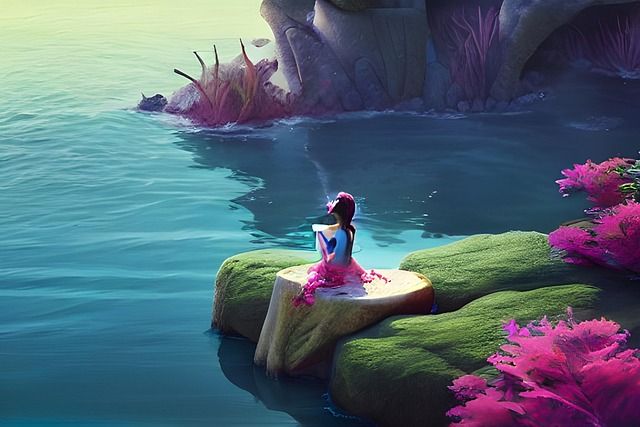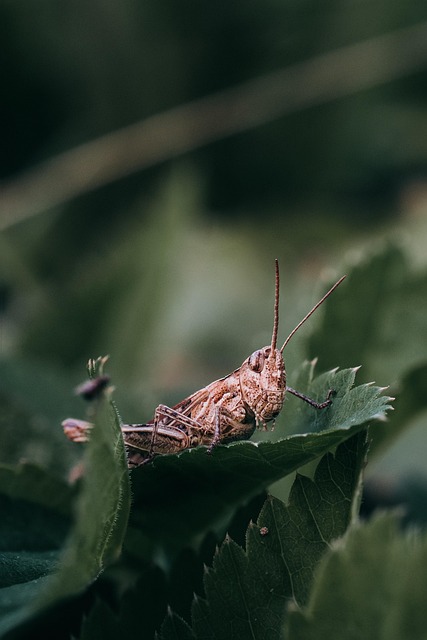# Discover the Best AI Tools for Artists to Transform Their Workflow and Inspire New Directions
In recent years, the realm of visual and digital art has undergone a significant transformation, thanks in large part to the emergence of artificial intelligence (AI) tools. These innovative platforms are not only revolutionizing the way artists create but also inspiring new directions in their work. This article will explore some of the best AI tools for artists, including DALL·E, Midjourney, Stable Diffusion, Runway ML, and Adobe Firefly, and how they assist with digital illustration, concept art, video generation, and design work.
## The Rise of AI Tools for Artists
The integration of AI into the creative process has opened up a wealth of possibilities for artists. With the help of AI digital art generators, artists can streamline their workflows, enhance their creativity, and push the boundaries of their artistic expression. Here are some key benefits of using AI tools for creatives:
– **Efficiency**: AI tools can automate repetitive tasks, allowing artists to focus on higher-level creative decisions.
– **Inspiration**: Generative art tools can produce unique visuals or concepts that may inspire artists to explore new ideas.
– **Collaboration**: AI can act as a co-creator, providing artists with suggestions or alternatives that they might not have considered.
## Key AI Tools for Artists
### 1. DALL·E
DALL·E, developed by OpenAI, is a powerful AI model that generates images from textual descriptions. This tool has gained attention for its ability to create imaginative and surreal visuals based on simple prompts.
**How it Works**: Users input a description, and DALL·E produces multiple images that align with that text. For example, an artist might type “a two-headed flamingo wearing a top hat,” and DALL·E will generate a range of images reflecting that concept.
**Real-World Application**: Artist and designer Mike Winkelmann, known as Beeple, has utilized DALL·E to brainstorm ideas for his digital art projects. By using the tool to generate initial concepts, he can quickly explore different directions before refining his vision.
### 2. Midjourney
Midjourney is another AI art generator that focuses on creating high-quality, visually stunning images from text prompts. It is particularly popular among artists looking to explore abstract and surreal concepts.
**Key Features**:
– **Community-Driven**: Midjourney operates through a Discord server, where users can share their creations and collaborate.
– **Customization**: Artists can tweak prompts and parameters to achieve desired styles and aesthetics.
**Example**: Graphic designer and illustrator Janelle Washington has leveraged Midjourney to create unique backgrounds for her digital illustrations. By generating abstract images that resonate with her themes, she enhances her artwork’s depth and visual interest.
### 3. Stable Diffusion
Stable Diffusion is an open-source image synthesis model that allows artists to create high-resolution images from text. Its flexibility and accessibility make it a favorite among creatives.
**Benefits**:
– **Customization**: Users can fine-tune the model for specific artistic styles or preferences.
– **Community Support**: Being open-source means that a community of developers and artists continuously improves the tool.
**Real-World Use**: Concept artist Greg Rutkowski has integrated Stable Diffusion into his workflow for creating concept art for video games. By generating quick visual iterations, he can present ideas to clients more effectively, saving time and resources.
### 4. Runway ML
Runway ML is a comprehensive suite of creative tools that integrates AI into various aspects of the artistic process, including video generation, image editing, and design.
**Features**:
– **Real-Time Collaboration**: Runway ML allows multiple users to work on projects simultaneously, making it ideal for teams.
– **Versatile Applications**: From generating video content to editing images, the platform caters to a wide range of creative needs.
**Example**: Filmmaker and visual artist Sara B. has utilized Runway ML to create stunning video installations. By using AI to generate unique visual effects and animations, she enhances her storytelling and captivates her audience.
### 5. Adobe Firefly
Adobe Firefly is Adobe’s foray into the world of generative AI, designed specifically for creatives. It offers tools for generating images, videos, and animations based on user input.
**Key Features**:
– **Integration with Adobe Suite**: Firefly seamlessly integrates with other Adobe products, allowing artists to enhance their existing workflows.
– **User-Friendly Interface**: Its intuitive design makes it accessible for artists of all skill levels.
**Real-World Example**: Graphic designer and illustrator Emily Zhao has incorporated Adobe Firefly into her design process to generate unique textures and patterns. By using the tool to create backgrounds, she adds depth and complexity to her designs.
## The Impact of AI on the Creative Process
AI tools for artists are not just about automation; they represent a paradigm shift in how art is conceptualized and created. Here are some ways AI is reshaping the creative landscape:
– **New Aesthetic Possibilities**: Artists can explore styles and concepts that may have been previously unattainable, leading to the emergence of new genres and movements in art.
– **Democratization of Art Creation**: With accessible tools, aspiring artists can experiment and create without the need for extensive training or resources.
– **Enhanced Collaboration**: AI fosters a collaborative environment where artists can share ideas and techniques, leading to richer artistic expressions.
## Conclusion: The Future of AI in Creative Fields
As AI tools continue to evolve, their impact on the world of visual and digital art will only grow. With platforms like DALL·E, Midjourney, Stable Diffusion, Runway ML, and Adobe Firefly, artists can transform their workflows, enhance their creativity, and explore new artistic directions. The future of AI in creative fields is bright, and it promises to inspire a new generation of artists to push the boundaries of their craft.
In a world where technology and creativity intertwine, embracing these AI tools will not only enrich the artistic process but also redefine what it means to be an artist in the digital age. As we look ahead, one thing is certain: the fusion of AI and art will continue to spark innovation and inspire creativity for years to come.

